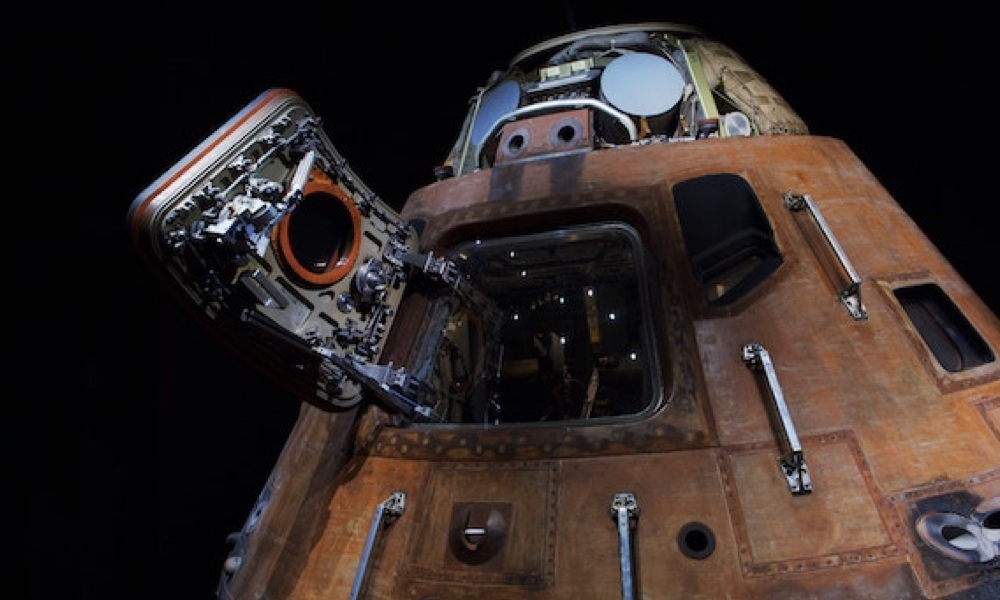
ESA Open Invitation to Tender AO9251
Open Date: 27/07/2018
Closing Date: 01/10/2018 13:00:00
Status: ISSUED
Reference Nr.: 18.1TT.14
Prog. Ref.: CC for Advanced Tech
Budget Ref.: E/0505-01C – CC for Advanced Tech
Special Prov.: BE+DK+FR+DE+IT+NL+ES+SE+CH+GB+IE+AT+NO+FI+PT+GR+LU+CZ+RO+CA
Tender Type: C
Price Range: 200-500 KEURO
Products: Satellites & Probes / Other
Techology Domains: Materials and Processes / Novel Materials and Materials Technology Includes materials not yet used in space but presenting potential interest. / Material Assessment / Materials and Processes / Materials Processes / Joining
Establishment: ECSAT
Directorate: Directorate Telecom & Integrated Applica
Department: Telecom Technologies,Product&Systems Dep
Division: Technologies and Products Division
Contract Officer: Dean, Andrea
Industrial Policy Measure: C1 – Activities in open competition limited to the non-Larg…
Last Update Date: 27/07/2018
Update Reason: Tender issue
Objective:The objective of the activity is to design, manufacture and test electrically conductive plastic based housings in replacement of their metallic counterparts.Targeted Improvements:Mass saving of 50% as compared to state of the art metallic components.Rapid production times, enabling manufacture of a large series of parts suitable for multiple repeated components within individual satellites or for use in future (or similar) constellations.Description:Traditionally, the main difference between metallic and plastic parts besides structural properties is the lack of electrical conductivity and potential outgassing problems. Within Europe,efforts are being made to overcome these limitations. For example, in a recently completed ESA study, a thermoplastic has been produced with desirable properties in terms of tensile strength (90 MPa), electrical conductivity (7 S/m), density (~1.3 g/cm3) and compliant outgassing properties.The goal of this activity is to produce and test several parts made of thermoplastic materials. Traditional injection moulding techniques as well as additive manufacturing shall be considered. With regards to additive manufacturing, itis possible to directly print using this material. This would enable highly topologically optimised parts that will potentially enable further mass saving.Another key advantage of these thermoplastic materials is that they can be easily and strongly bonded/joined/welded to another thermoplastic. Finally, they can be re-worked and re-used. For example, incorrectly manufactured parts could be melted and reprocessed.Typical telecoms platforms will be screened to identify appropriate parts that could potentially be manufactured using thermoplastics. The main targeted applications are electronic housings (e.g. computers, payload interfaces, platform interfaces, sensors, wheels) and secondary structural parts (e.g. struts and support brackets for harness and sensors). Merging of existing parts shall be considered. Applications where a series of parts to be produced within a short time shall be considered, with obvious benefits for future constellations.Breadboard parts and a scaled engineering model will be manufactured and tested. The performance and effectiveness of the plastic parts will be compared to their equivalent metallic parts.The reduction in mass compared to its metallic counterpart shall be demonstrated without any loss in functionality in a relevant environment. All other improvementsshall be assessed and consolidated.Procurement Policy: C(1) = Activity restricted to non-prime contractors (incl. SMEs). For additional information please go to EMITS news “Industrial Policy measures for non-primes, SMEs and RD entities in ESA programmes”.
If you wish to access the documents related to the Invitation to Tender, you have to log in to the ESA Portal.
